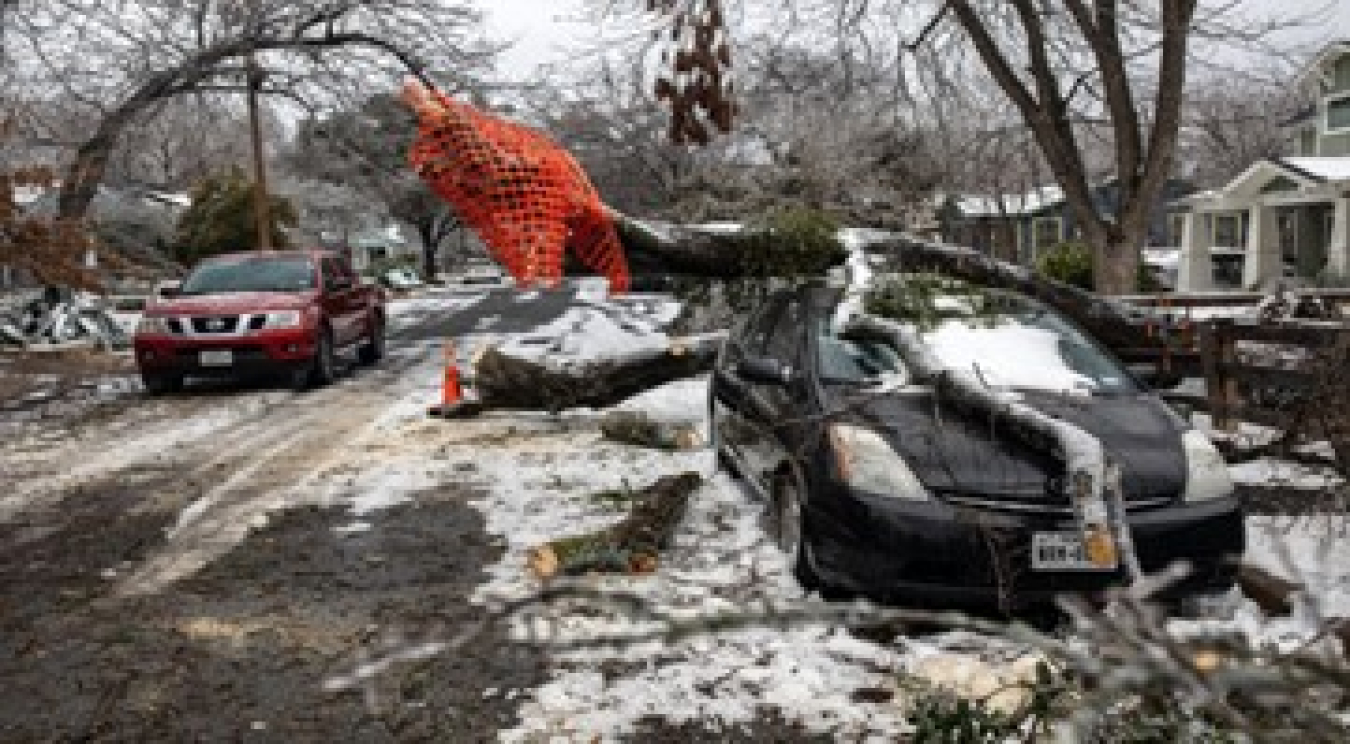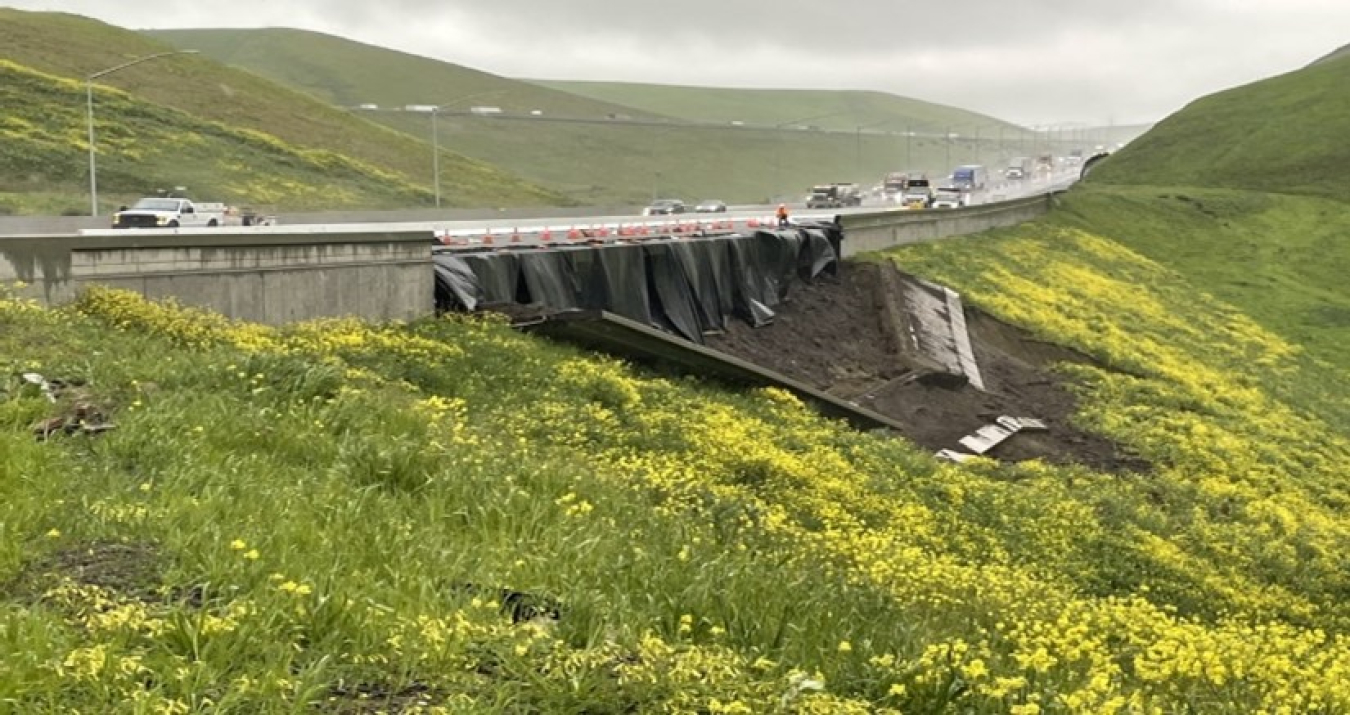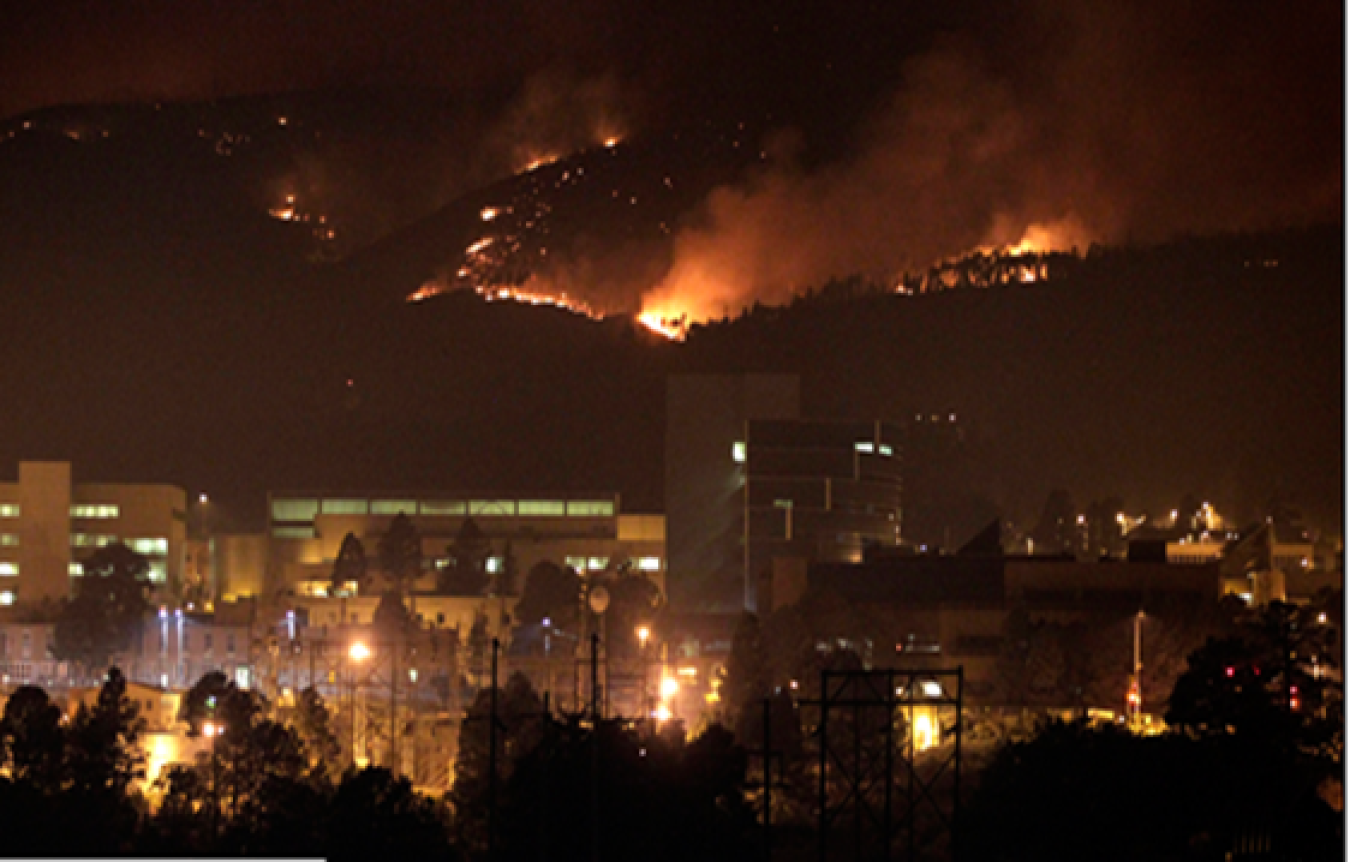NNSA’s mission is performed in an ever-changing climate. Floods, wildfires, storms, and extreme heat and cold have the potential to jeopardize the NNSA mission and pose a threat to national security.
National Nuclear Security Administration
April 26, 2023NNSA’s mission is performed in an ever-changing climate. Floods, wildfires, storms, and extreme heat and cold have the potential to jeopardize the NNSA mission and pose a threat to national security. Over the years, climate change and extreme weather events have shut down NNSA sites and increased operational cost. For example:
Pantex Plant
In February 2021, the Texas freeze caused operations at Pantex to shut down for a week to conserve energy.
In 2010, Pantex was hit by a 2,000-year flood event. Ten inches of rain fell in a matter of hours resulting in over $60 million in damages. It took nearly a month to fully resume operations.

Lawrence Livermore National Laboratory
In January 2023, extreme flooding at LLNL Site 300 forced operational shutdown for three weeks.
In 2020, LLNL Site 300 was evacuated due to a nearby wildfire. The 2020 California wildfire season was characterized by a record-setting year of wildfires.

Los Alamos National Laboratory
In 2011, the Las Conchas wildfire burned one acre of LANL operational land. LANL incurred $15.7 million in damages and 9 days of lost productivity. Resilience solutions implemented after the Cerro Grande wildfire prevented even greater damage.
In 2000, the Cerro Grande wildfire burned 7,500 acres of LANL property. LANL incurred $331 million in damages and 11 days of lost productivity.

Earth Day reminds us that NNSA has an historic opportunity to build on past progress and pursue new strategies to increase the sustainability and climate resilience of the enterprise. “At NNSA, we have an opportunity to lead by example to increase the resilience of our sites to climate change and extreme weather events, enhance national security, and help transition to a carbon-neutral future,” said NNSA Associate Administrator for Environment, Safety, and Health Ahmad Al-Daouk. “Together, we have an opportunity to make sustainability and climate resilience an essential element of the work we do.”
As we tackle climate change and advance NNSA sustainability, our overarching strategy is to:
- build on past progress and adapt and mitigate to climate change by setting ambitious goals, developing aggressive implementation plans, and acting with urgency to execute those plans
- collaborate with DOE, NNSA sites, and the Department of Defense to assess our vulnerabilities and opportunities and identify resilient solutions
- prioritize climate actions, sustainability, and resilience into key NNSA decision making and business processes, and
- consider all funding sources and leverage investments – direct, indirect, and Energy Performance Contracts.
During 2022, NNSA sites developed Vulnerability Assessment and Resilience Plans and Site Sustainability Plans, and provided input into planning for NNSA carbon pollution-free electricity implementation. Sites are now executing against their plans.
As NNSA invests in modernization of the enterprise and continues to innovate, collaborate, and deliver on the President’s ambitious sustainability and climate goals, we aim to ensure sites across the nuclear security enterprise are sustainable and climate ready.

